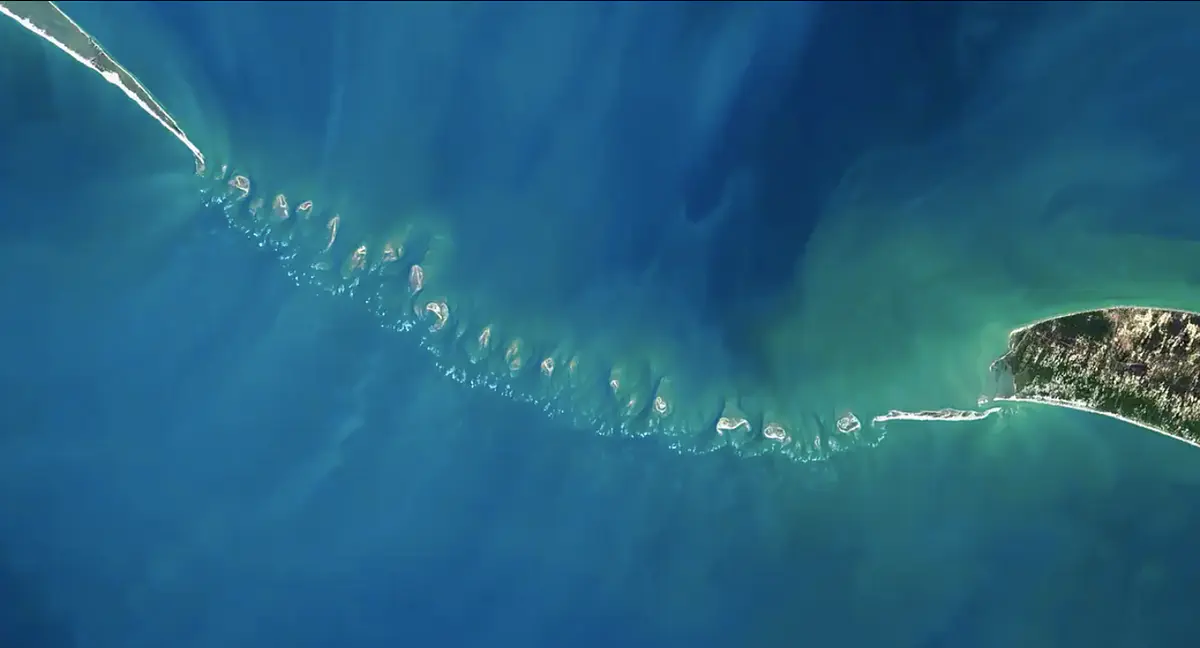Is Ram Setu (Adam's Bridge) Man Made or Natural ?
Ram Setu, also known as Adam's Bridge, is a chain of limestone shoals that stretches between the Indian mainland and the island of Sri Lanka. The bridge has been the subject of much debate and speculation for centuries, with some people claiming that it is a natural formation and others insisting that it is a man-made structure.
One of the main arguments for the man-made theory is that the bridge appears to be perfectly straight and uniform, which is unusual for a natural formation. Additionally, some proponents of this theory point to the presence of ancient texts that describe the bridge as having been built by Hindu god Rama and his army of monkeys.
However, there is also strong evidence to support the theory that Ram Setu is a natural formation. The bridge is made up of limestone, which is a common rock type found in both India and Sri Lanka. Furthermore, geological surveys have found that the bridge was formed by the sedimentation of coral reefs over a period of thousands of years.
There are also numerous examples of other natural limestone bridges around the world, such as the Causeway Coast in Northern Ireland and the Twelve Apostles in Australia. These bridges were also formed by the sedimentation of coral reefs, and they demonstrate that it is possible for natural processes to create structures that appear to be man-made.
In conclusion, while there is still some debate about the origins of Ram Setu, the scientific evidence suggests that it is a natural formation created by the sedimentation of coral reefs over a period of thousands of years. While the legend of Rama and the monkeys may be a fascinating story, it is likely that the bridge was not built by humans.





